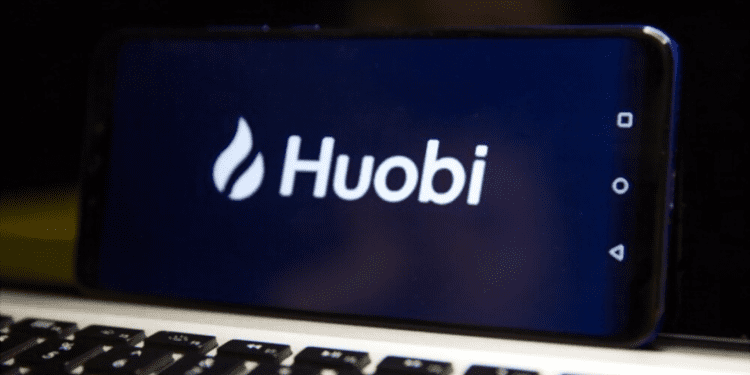Huobi has again been exposed following reports that the exchange still had $18.1 million in crypto stuck at bankrupt crypto exchange FTX.
The news followed a Twitter post by intelligence firm Wu Blockchain, stating that Huobi cannot withdraw funds from FTX with an estimated $18.1 million.
“Huobi’s Hong Kong-listed company announced that $18.1 million in crypto could not be withdrawn on FTX, of which $13.2m was customer assets. Controlling shareholder Li Lin will provide additional unsecured financing of up to $14 million, covering client balance sheets.”
It follows that out of the $18.1 million, only $5 million belongs to Huobi Group’s subsidiary, Hbit, while the remaining is $13.2 million in customer funds. Huobi Group subsidiary retweeted the message, confirming the inability to withdraw their investment.
“On October 8, Huobi’s controlling shareholder company transferred all the shares of Huobi Global it holds to the fund of About Capital. New Huo Tech is an independent entity. All ops of Huobi are normal, & we will continue to provide customers with safe & reliable services.”
The announcement also revealed that Huobi had applied for a $ 14 million unsecured loan to help sort the $13.2 million they now owed customers. Reportedly, the movement established a $32 million liability for the company.
In an official announcement, Huobi explained that the funds stuck at FTX do not affect normal business operations, as the affected Hbit is independent of Huobi Group’s other business enterprises that are entirely unaffected.
Huobi’s reassurance notwithstanding, the company stated that it is not entirely safe, acknowledging that the $18.1 million exposure to FTX would affect Huobi Group’s financial performance unless a solution is found. A paragraph in the announcement reads:
“…the Board anticipates that the financial performance of the Group might be materially and adversely affected if the incident is not resolved. The Board will discuss with the Group auditor the impact of the incident on the Group’s financial position.”
However, as FTX filed for Bankruptcy on November 12, the chances of a solution are rather bleak. Besides Huobi, other companies have also declared exposure to FTX, including Mechanism Capital.
Huobi Group’s Transparency in Question
In light of reports about FTX’s corporate sibling, Alameda Research, which had reserves primarily consisting of FTX tokens (FTT), the crypto market was alarmed, sending prices of several tokens crashing as investors tried to rescue their portfolios. The move by FTX in filing for Chapter 11 protection further sent a chill across the crypto market, causing prices to plummet even more.
In the aftermath of FTX’s collapse, many crypto exchanges have had to take a stand in the court of public opinion on the question of transparency. The redeeming move for crypto platforms is to convince customers by posting proofs of their reserves. Huobi stands among exchanges that have published a transparency report showing it had accounts close to $3.5 billion, of which approximately $900 million is in Huobi tokens. At the same time, the remainder comprises holdings in Bitcoin, Ether, Tether, and TRX.
Nevertheless, the exchange is now receiving criticism against the report after users identified a linked wallet sending 10,000 ETH to Binance and OKX shortly after releasing its asset transparency snapshot, suggesting foul play. Citing a Wu Blockchain announcement:
“After Huobi released the asset snapshot of the asset reserve, 10,000 ETH was transferred from 0xca…c3fc (Huobi 34) to Binance and OKX deposit wallets. The Huobi 34, which had 14,858 ETH at the time of the snapshot, currently has only 4,044 ETH left.”
Blockchain investigator Colin Wu highlighted the transactions on Etherscan, proving that Huobi had shown 14,858 ETH in its updated report, dropping to 2,463.5 ETH as of November 13. The flak calls out exchanges for manipulating funds, and such financial transfers are suspicious.
Besides the Huobi exchange, Crypto.com and Gate.io have also received a lot of criticism after users spotted suspicious transactions in their transparency reports, calling them out for ‘faking their reserves”.
Crypto.com has responded to the allegations defending that ETH transfers cited in their report are three weeks old and were returned to cold storage soon after before being sent to a whitelisted corporate account address.
More exchanges are still making their cold storage information public with efforts to counter the rising mistrust among crypto investors following the FTX collapse. According to Binance, the objective is to allow users of our platform to be aware and make informed decisions aligned with their financial goals.














